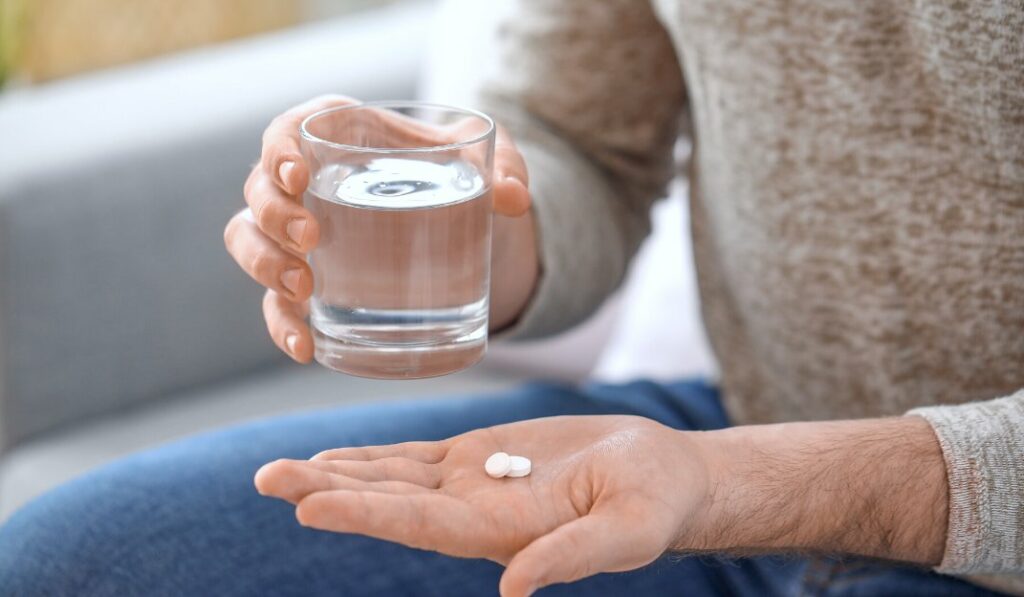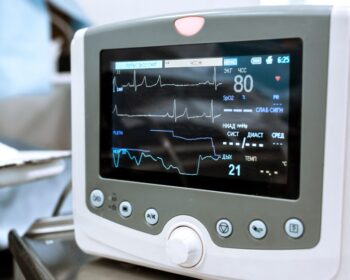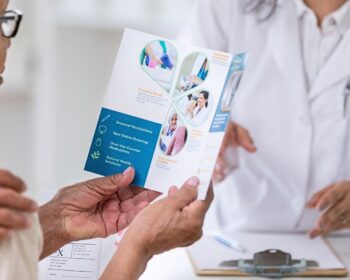Soon it is time for the annual pharmacovigilance seminar, Lääketurvaseminaari 2023, in which we get to share our thoughts and ideas on the hottest themes in pharmacovigilance. On the whole, this year’s programme covers topics that will become more and more significant in the coming years. For instance, in the future, data will be collected and combined from several sources in an even more versatile manner, while evaluating the significance of the data to methods used in healthcare. Instructions on how to use medicines as well guidance and communication related to medicines are also becoming increasingly important, as is listening to the healthcare professionals and patients actually using the medicines. And when it comes to treatment, patients will in the future be considered more and more as individuals. For this post, I’ve selected my three picks of the most interesting topics in the seminar.

Risk management – what do the the updates of EU GVP guidance mean in practice?
Risk management methods are measures that aim at preventing or reducing the prevalence of adverse effects related to medicinal products or, if such adverse effects do occur, at reducing their seriousness or impact on the user. The benefit-risk balance of a medicinal product can be improved with managing treatment better, for instance by testing critical values, providing more detailed patient group-specific guidance and monitoring the status of patients more carefully.
Risk management is governed by the European Medicines Agency EMA, which publishes and updates risk management guidance, such as the guidance on good pharmacovigilance practices (GVP). The coming updated GVP Module XVI “Risk minimisation measures: selection of tools and effectiveness indicators” and the related new guidance “Addendum II: Methods for effectiveness evaluation of risk minimisation measures” provide more clarity and efficiency to the use of risk minimisation tools. In addition, the guidance puts even more emphasis on the importance of measuring the efficacy of the measures used for risk minimisation in order to evalute potential needs for change, with the objective of improving patient safety.
The update of Module XVI contains, among other items, additional instructions on the criteria used for assessing whether additional risk minimisation measures are needed in addition to the routine measures – and if yes, what kinds of additional measures would be appropriate. In addition, the role of communications, distribution and implementation in risk management is clarified. The guidance also provides recommendations on additional risk minimisation measures throughout the lifecycle of a medicinal product.
Taking healthcare professionals and patients into consideration and listening to them in the different phases of product lifecycle has been highlighted in many discussions, and the updated module will provide guidance on possible strategies on the role of healthcare professionals and patients and how to engage them early on in the measures related to risk minimisation. The guidance will also include updates concerning certain special populations, such as pregnant and breast-feeding women.
Due to the coming GVP changes, the risk management section of the pharmacovigilance seminar seems particularly interesting. What is the significance of these updates in practice, to our daily work? Risk management is directly related to the work of many of us working with pharmacovigilance as PV experts and marketing authorisation holders. As the different healthcare systems, regulatory guidance and communication channels differ from one country to another, risk minimisation measures, their implementation and measuring their efficacy require national adaptation. For this reason, it is important to hear what the Finnish Medicines Agency Fimea has to say about the topic.
Significance of pharmacovigilance in assessing healthcare methods brings about new information
Another interesting presentation in the seminar will be given under the heading “Post-marketing authorisation observational studies – Significance of pharmacovigilance in assessing healthcare methods”.The Finnish Ministry of Social Affairs and Health has outlined that pharmacotherapy is one of the key methods of healthcare in Finland. The evaluation of pharmacotherapy should support decision-making, procurement procedures and determining of price even better. Data on the consumption and effect of pharmaceutical products, allocation of the use of pharmaceuticals, treatment processes and costs should be collected to support such evaluations. Evaluations are made on a national, regional and international level. Also the EMA Committee for Medicinal Products for Human Use (CHMP) has emphasised the collection and use of real world data (RWD) and real world evidence (RWE) in decicion-making in its work plans.
Working with these matters is not every-day routine to all of us who work with pharmacovigilance. It will be interesting to hear the point of view of a bigger international company on this topic as well as their thoughts on what pharmacovigilance work means on a larger scale, including the measures that are needed. The significance of multidisciplinary collaboration increases and also creates more opportunities for those working with drug safety. It will also be interesting to hear how RWE can be collected and utilised in practice for the benefit of the patients.
Digitalisation boosts the development of pharmacovigilance
Direct healthcare professional communications (DHPC) and distribution of information on medicines are essential parts of our work. Detailed, up-to-date guidance and communications enhance the correct use of medicinal products and reduce the number of potential adverse effects and dangerous situations. This probably also has a great impact on patient compliance.
Digitalisation has created new and more efficient methods and channels for our use. In the future, we expect to use solutions that focus on the needs of individual patients. The opportunities provided by digitalisation are developing at a rapid pace. In order to find the methods that are most appropriate for our needs, the methods that bring information to the users in the best possible way, it is vital to keep track of current developments and to know what is available and on the horizon.
I’m looking forward to the coming seminar and hearing more about these topics. See you in October!
Lääketurvaseminaari will be organised on 3 October 2023 as a hybrid event in Helsinki, Finland and online. More information and the programme.
Author:
Satu Kujala
Head of pharmacovigilance, EU QPPV, Medfiles
Medfiles wants to be a part in improving and developing pharmacovigilance globally, and offers expert services for the different phases of the lifecycle of medicinal products.


